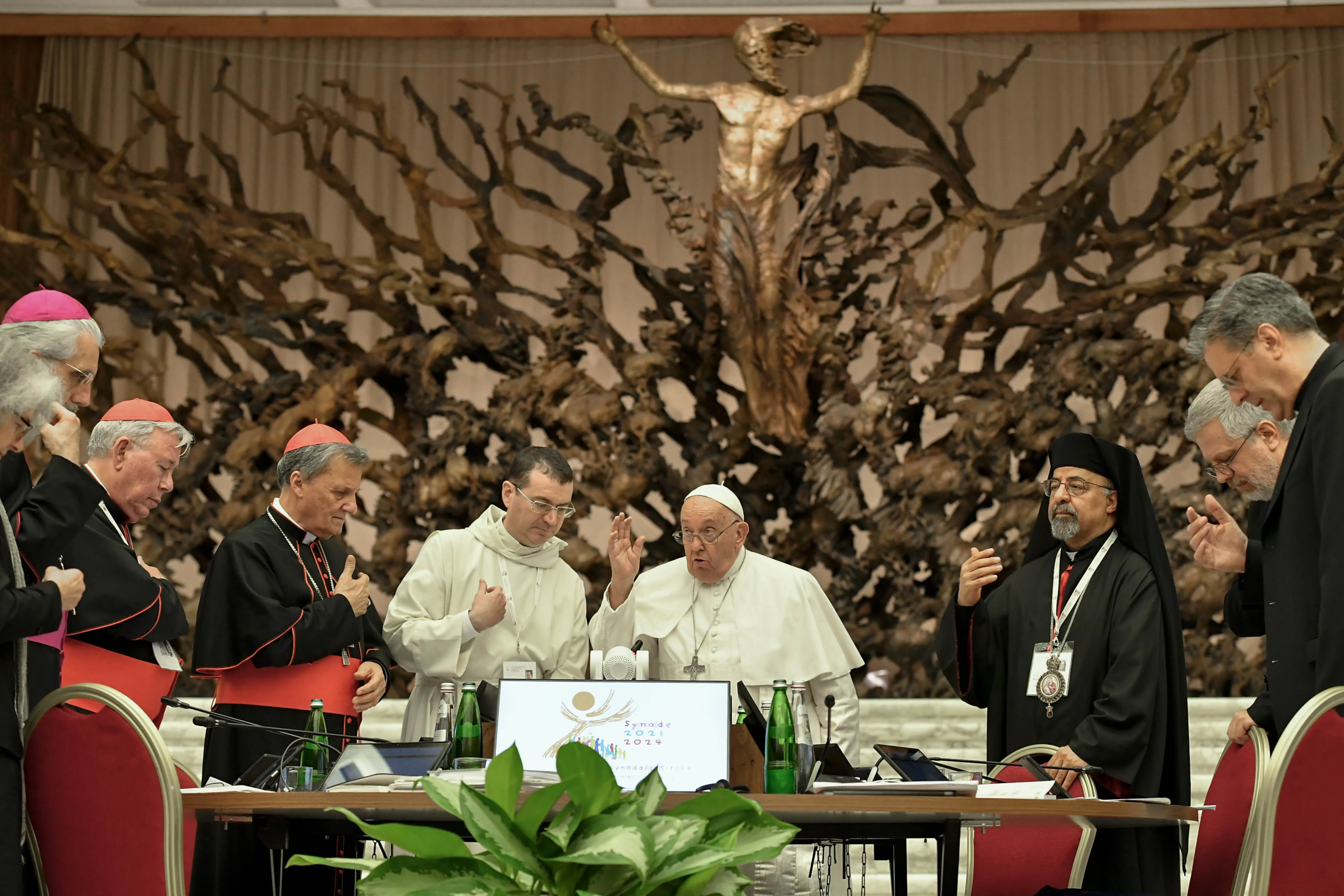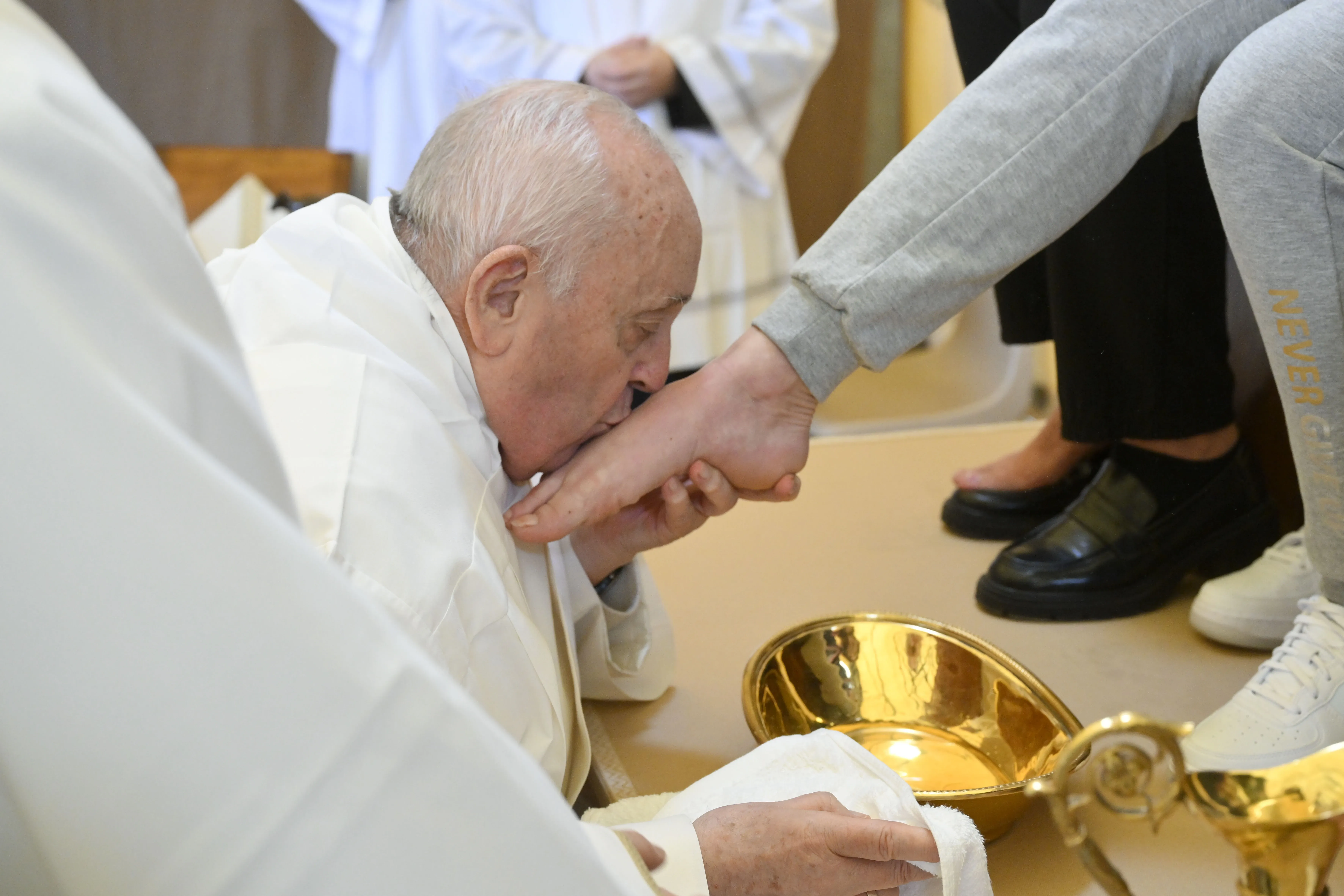The document calls for episcopal conferences to play a greater role in enculturating the faith in their local context and asks for clarification about their current level of doctrinal authority. However, it does emphasize that bishops’ conferences cannot override a local bishop’s authority nor “risk either the unity or the catholicity of the Church.”
The document also calls for more plenary and provincial councils, and for the Vatican to accept these bodies’ conclusions more speedily.
5. Does the text mention LGBTQ inclusion?
While it does condemn the exclusion of others because of “their marital situation, identity, or sexuality,” the text doesn’t use the term “LGBTQ.”
6. What does the final document say about changes in Church decision-making?
(Story continues below)
The final document calls for a “synodal” reform of canon law, including removing the formula that consultative bodies have “merely a consultative” vote. It calls for the greater participation of lay people in “decision-making processes” and to do so through new synodal structures and institutions.
Church authorities, the document states, may not ignore conclusions reached by consultative, participatory bodies.
7. What does the document say about the “sensus fidei”?
The document describes the “sensus fidei” as the “instinct for truth of the Gospel” received through baptism. It also notes that the people of God cannot err “when they show universal agreement in matters of faith and morals.”
Interestingly, the final document does not include additional language about the need for “authentic discipleship” to maturely exercise the sensus fidei, which was included in last year’s synthesis document and is found in an important Vatican document on the subject.
8. In what concrete ways might the Church change after the Synod on Synodality?
Depending on how it’s implemented, the synod’s final document could concretely impact everything from how bishops are selected to how governance decisions are made in parishes, dioceses, and the Vatican, with a greater emphasis on widespread consultation. It could also create new synodal bodies, like continental assemblies and a council of Eastern Catholic leaders to advise the pope.
9. Which paragraphs received the most pushback?
Over 27% of delegates voted against continuing to explore the possibility of women deacons.
Thirteen percent voted against the paragraph emphasizing the significance of episcopal conferences, which also appears to bind a bishop to decisions made by his conference.
Twelve percent voted against establishing a study group to look into making liturgical celebrations “more an expression of synodality,” including what may be a reference to lay preaching during the liturgy.
And 11% of delegates opposed the proposal to revise canon law “from a synodal perspective.”
10. One more time: What does synodality mean?
The final document describes synodality as “a path of spiritual renewal and structural reform that enables the Church to be more participatory and missionary, so that it can walk with every man and woman, radiating the light of Christ.”
The model of synodality, the document states, is Mary because she “listens, prays, meditates, dialogues, accompanies, discerns, decides, and acts.”








